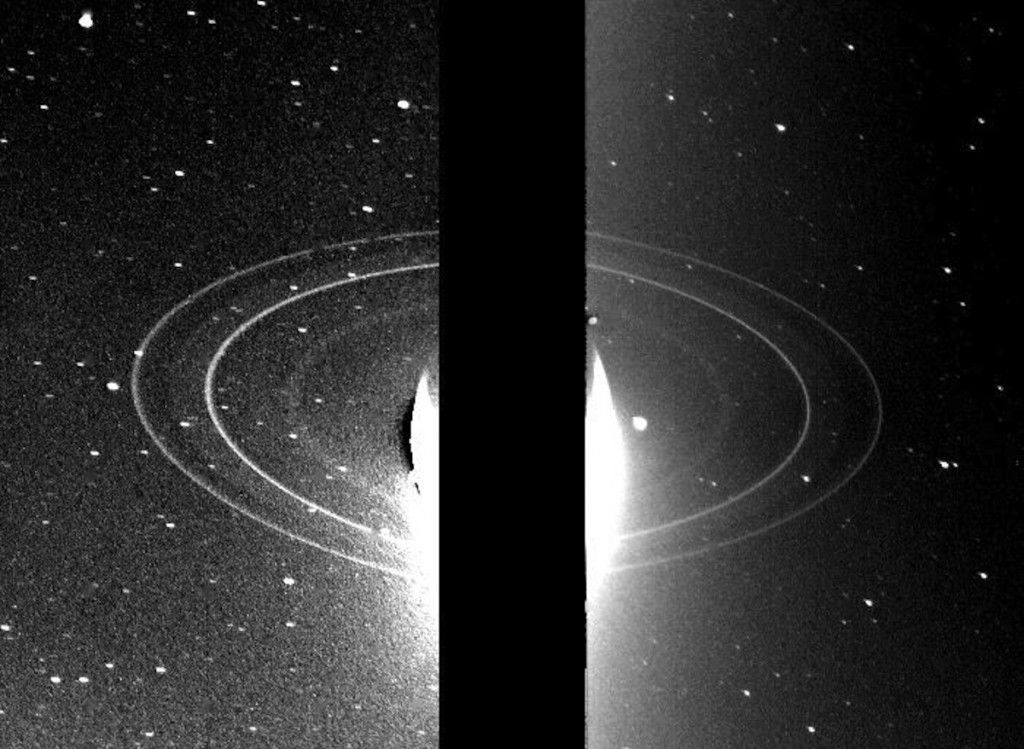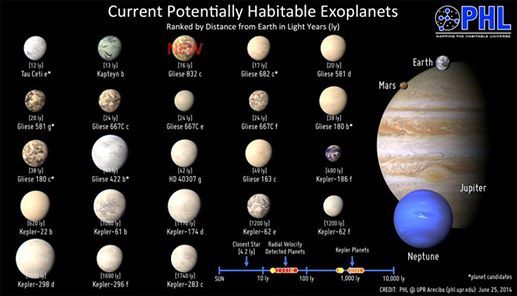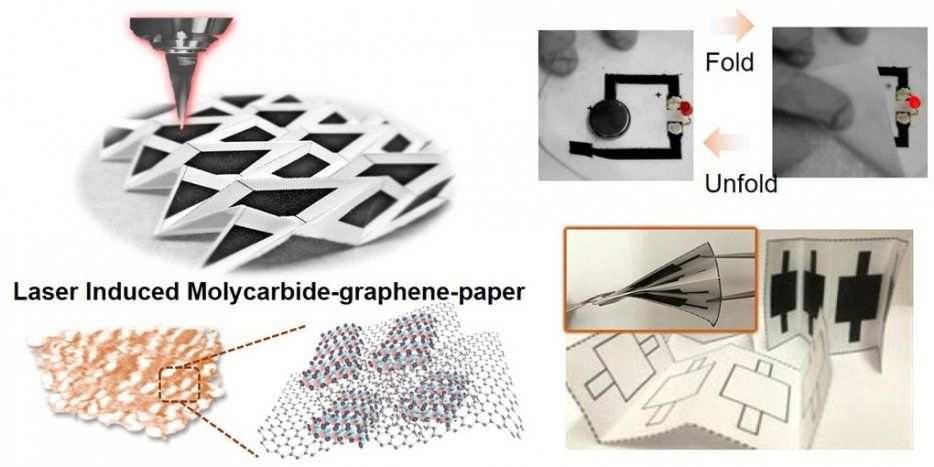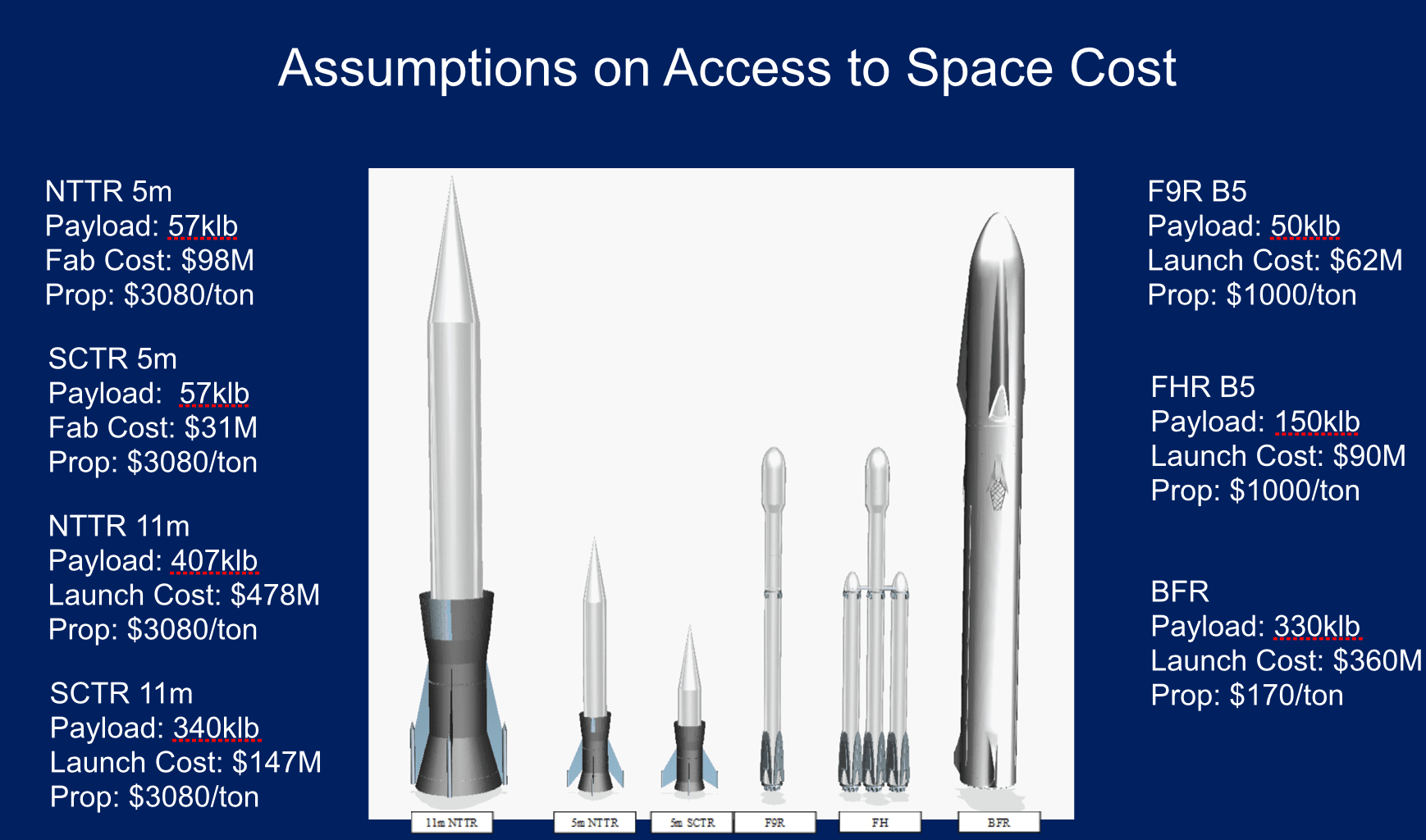Jul 10, 2018
The Forever Healthy Foundation Fellowship in Rejuvenation Biotechnology
Posted by Michael Greve in categories: biotech/medical, life extension
Do you want to join in the fight to end age-related disease?
Request for Proposals (RFP)
In cooperation with the Forever Healthy Foundation, SENS Research Foundation (SRF) is inviting candidates to submit research proposals for a Fellowship in Rejuvenation Biotechnology that would be undertaken at our Research Center (RC) in Mountain View, California.
SRF pursues the development of therapies to prevent and reverse age-related disease and disability through a “damage-repair” paradigm: developing interventions that maintain and restore the structural and functional integrity of tissues by directly removing, repairing, replacing, or rendering harmless the cellular and molecular damage of aging. Applications are requested that promise progress in regenerative medicine for the prevention and reversal of age-related disease.
Continue reading “The Forever Healthy Foundation Fellowship in Rejuvenation Biotechnology” »
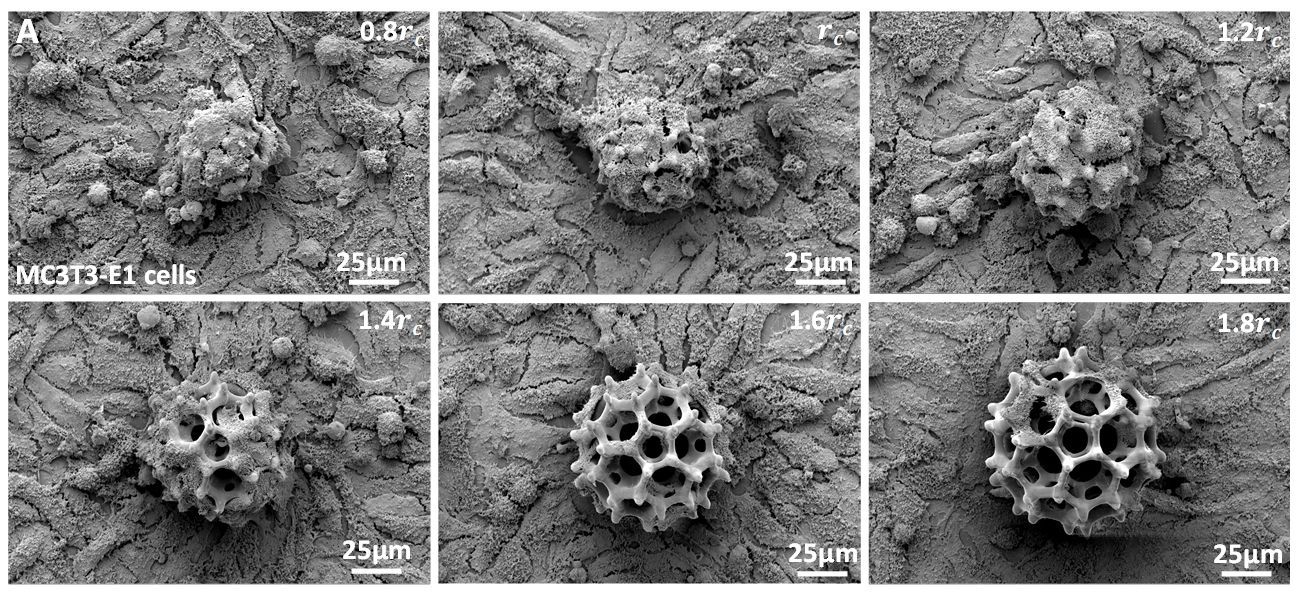
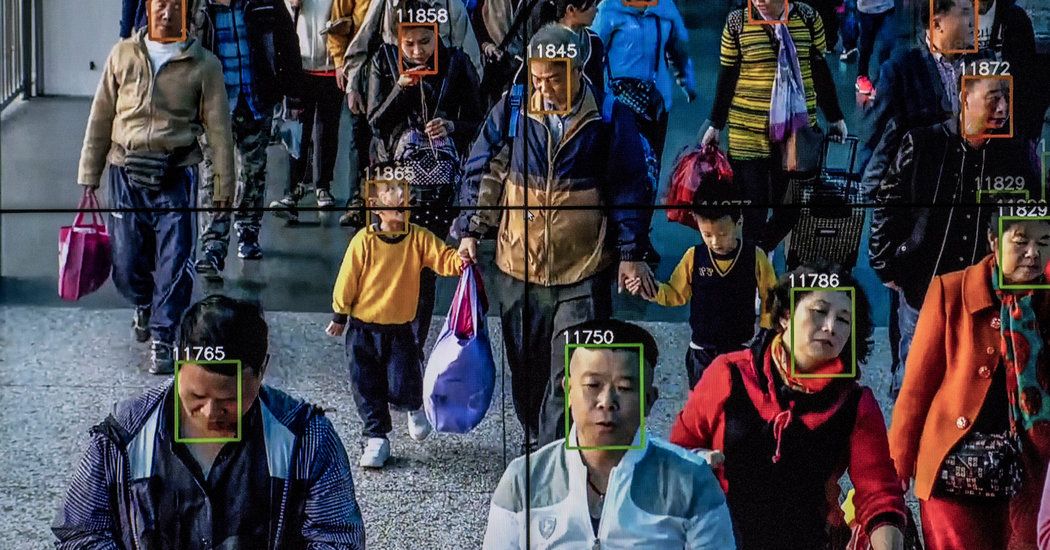
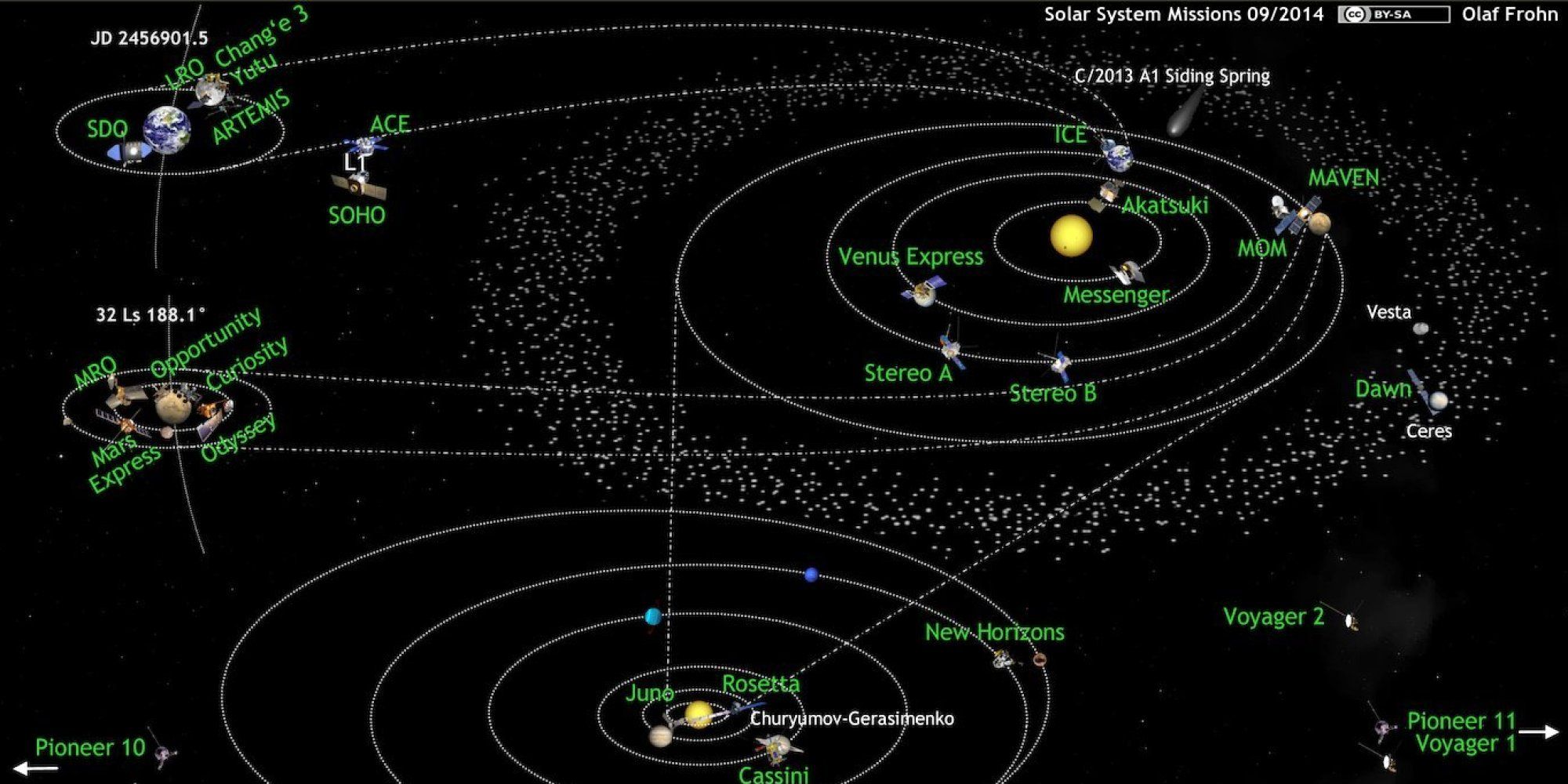
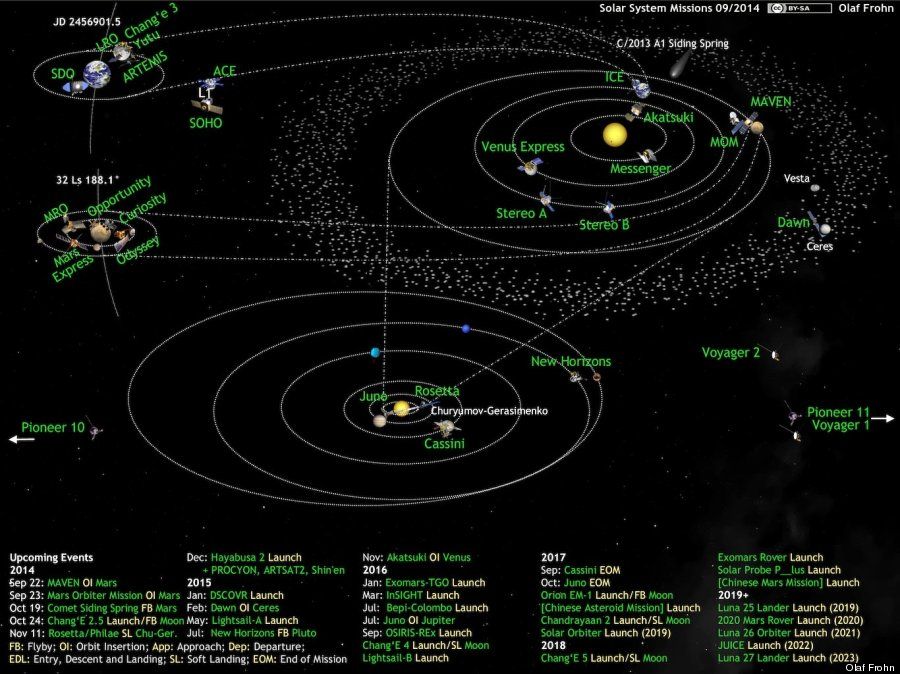 A diagram, updated once a month, of active space missions beyond Earth orbit.
A diagram, updated once a month, of active space missions beyond Earth orbit.